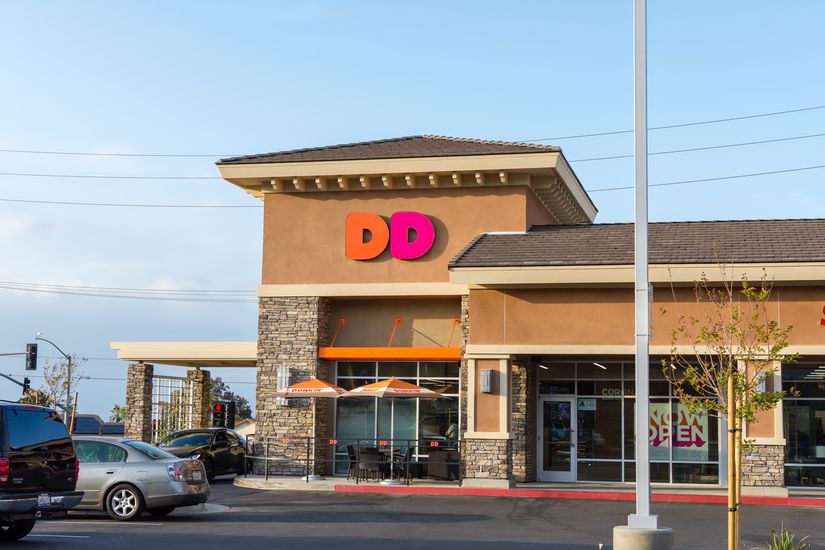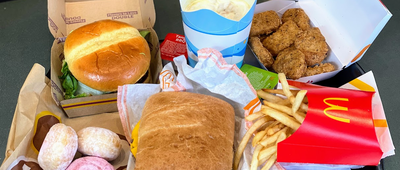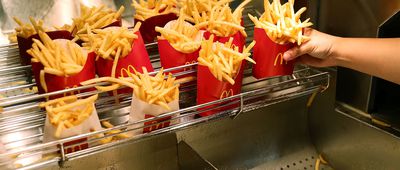Fast Food Eateries Then and Now
Yesterday's drive-thru windows and super-sized meals are yielding to the self-service kiosks and lighter, snackier diets of today as fast-food chains fight to survive. A look back at restaurants throughout the years reveals some big changes in what they look like and what they serve.
How many of these iconic designs and menus do you remember?

























































































